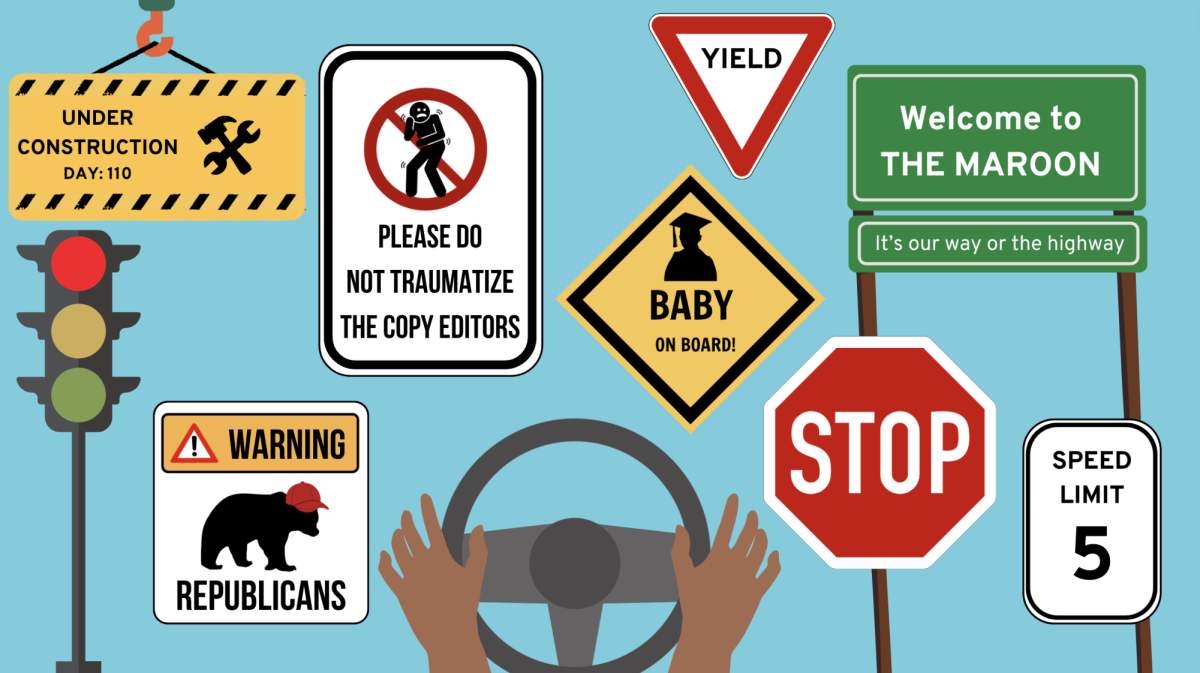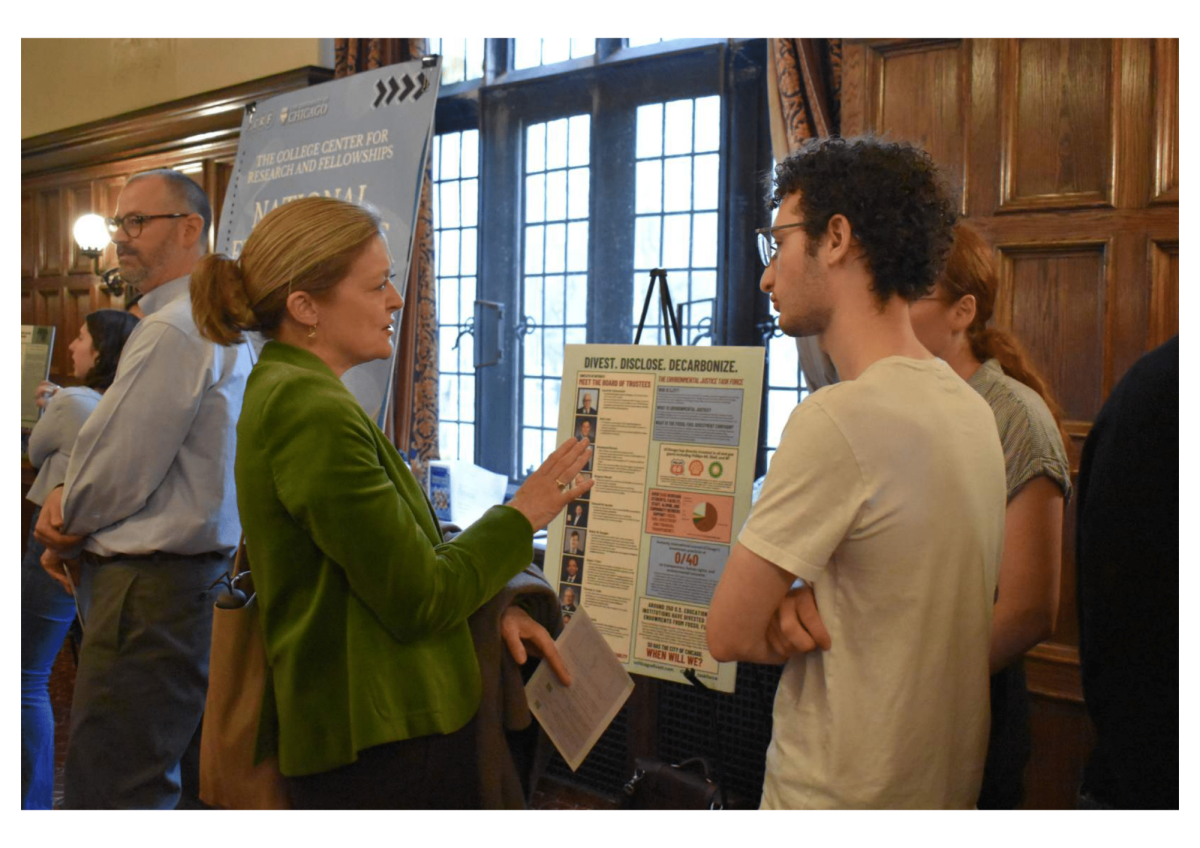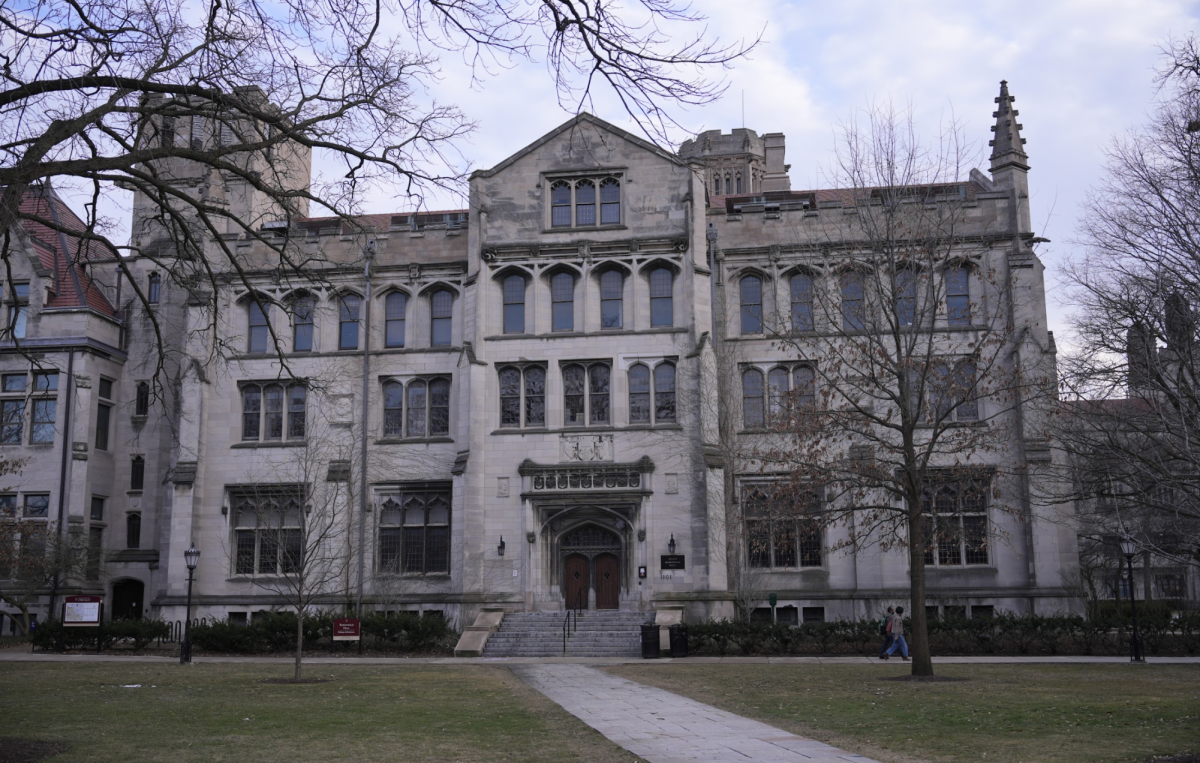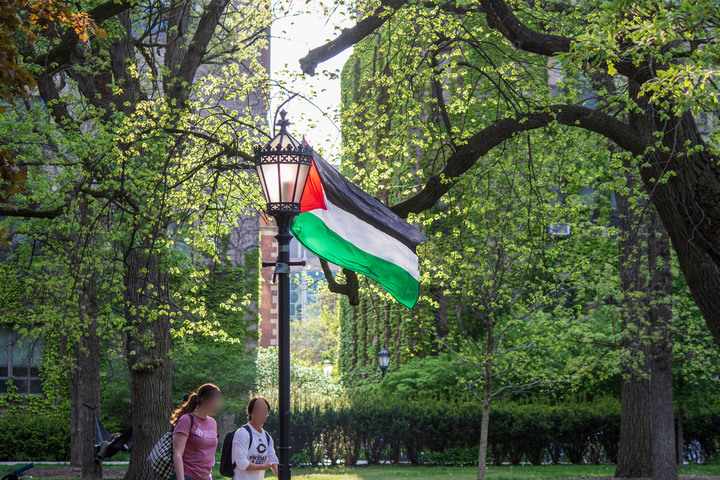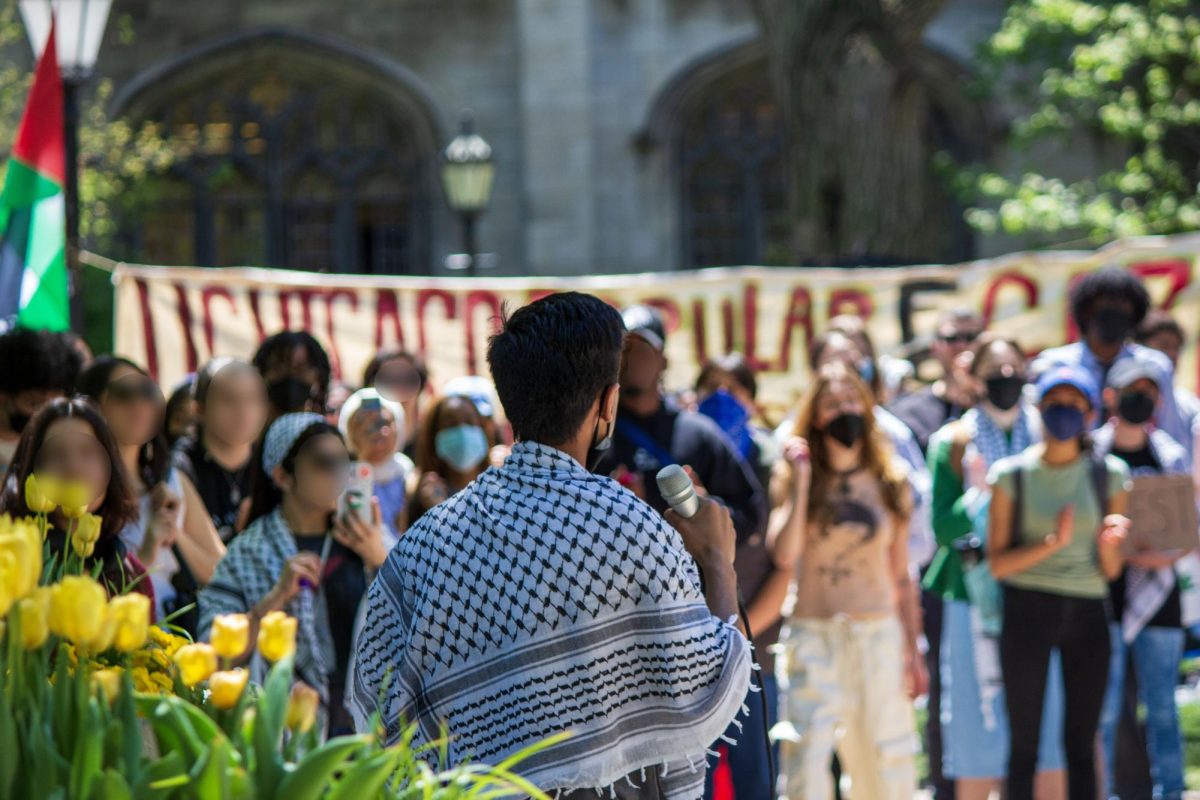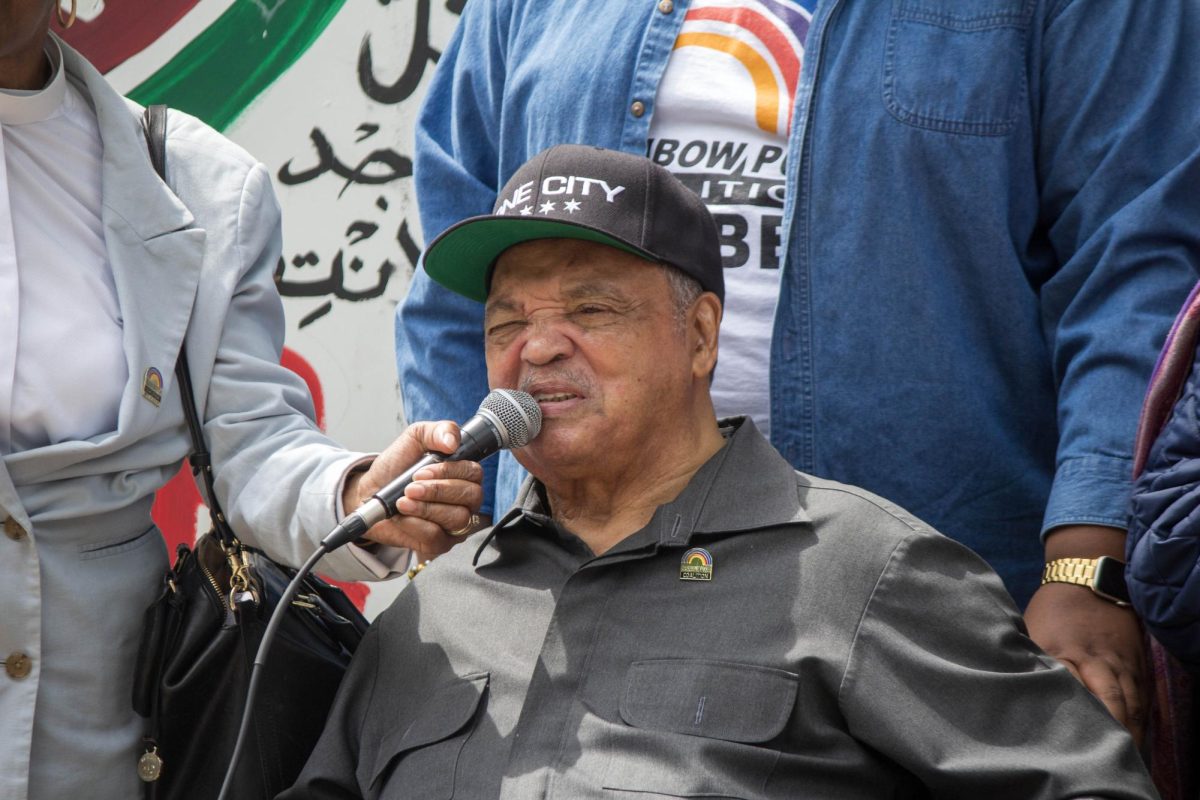There is something very sad about the passage of time in a city. Nowhere else in the national spectrum does one see things rise to such heights and then fall to such lows. In terms of urban change, one could conceivably talk about the Union Stock Yards or the fall of the steel industry, but I am going to bring up something much more sentimental to many Chicagoans: Marshall Field’s. I guess this article is a eulogy of sorts for an establishment that not only played a role in the history and personality of Chicago, but also gave generations of Chicagoans wonderful memories.
The story dates back to Potter Palmer establishing a revolutionary type of dry goods store in 1852. His personal service was innovative and he paid special attention to detail. When his location on Water Street started suffering the stench of the river, Palmer slowly began buying up property along State Street. He would eventually make it the ultimate retail thoroughfare. It was 1865 when Palmer came together with Levi Lieter and Marshall Field to build a partnership that would change retail. The new company was called Field, Palmer, Leiter & Co., but by 1881 both Palmer and Leiter had left, and the company simply became Marshall Field & Co. Through the late 1800s, the company was turning massive profits. After the fire, the owners built a grandiose new store on State Street. The company employed a total of nearly 3,000 people at its retail store and its massive wholesale building at Quincy and Adams.
The men below Field also would have a tremendous influence on Chicago as well as the world. John Shedd (whose namesake now graces the Shedd Aquarium) managed the company’s wholesale division and would later become president of the company after Field’s death in 1906. Harry Selfridge ran the retail operation and changed the personality of the modern department store by adding such things as large display windows and the famous tea room. Selfridge would go on to establish the British department store that has his name. The company, largely under Shedd’s leadership, expanded beyond Chicago. The company opened its own textile mills, and built the Merchandise Mart (the largest commercial structure in the world). Although the depression would slow expansion, the company would continue to grown.
In 1982, Fields ended its run as an independent Chicago company with a slew of ownership transfers ending in the current ownership by the May Co. With the new ownership it has been announced that all Marshall Field’s locations will now be renamed Macy’s. Although the mainstream press makes it out to seem that the public outcry against the renaming is due to the change to Macy’s in particular, I would have to disagree; it is sadness about the passage of time and Chicago losing an institution.
Since 1982, it has been argued that Field’s has not been the Field’s of old or the Field’s of retail glory, and with this I would have to agree. For years State Street was not the thriving avenue that it is today, and Field’s suffered because of it. The service and the quality of wares were not like what Field’s had built its reputation around. Although Field’s was bustling when I was down there over break, it did not seem genuine. Most people seemed to be walking through and looking, while only a few were buying. Those who did decide to purchase items were getting the name brands that have been allowed to rent floor space in the store’s more prominent locations.
Despite the fact that May Co. has promised to dump a significant amount of badly needed funding into the State Street location, it will only soften the blow. Other concessions, such as maintaining the “Marshall Field & Co.” plaque and the famous clock (which graced a Norman Rockwell Saturday Evening Post cover) have been made, but Field’s will no longer be Field’s, and that is what I believe disappoints most Chicagoans. It will not be possible any longer for grandmothers to take their grandchildren down to the store on the Red Line, just as their mothers had done with them and their mothers before that. Sure it will still physically be there, and possibly be even nicer than in years past, but there is something to be said for heritage and tradition—something that makes Marshall Field’s a part of Chicago.


